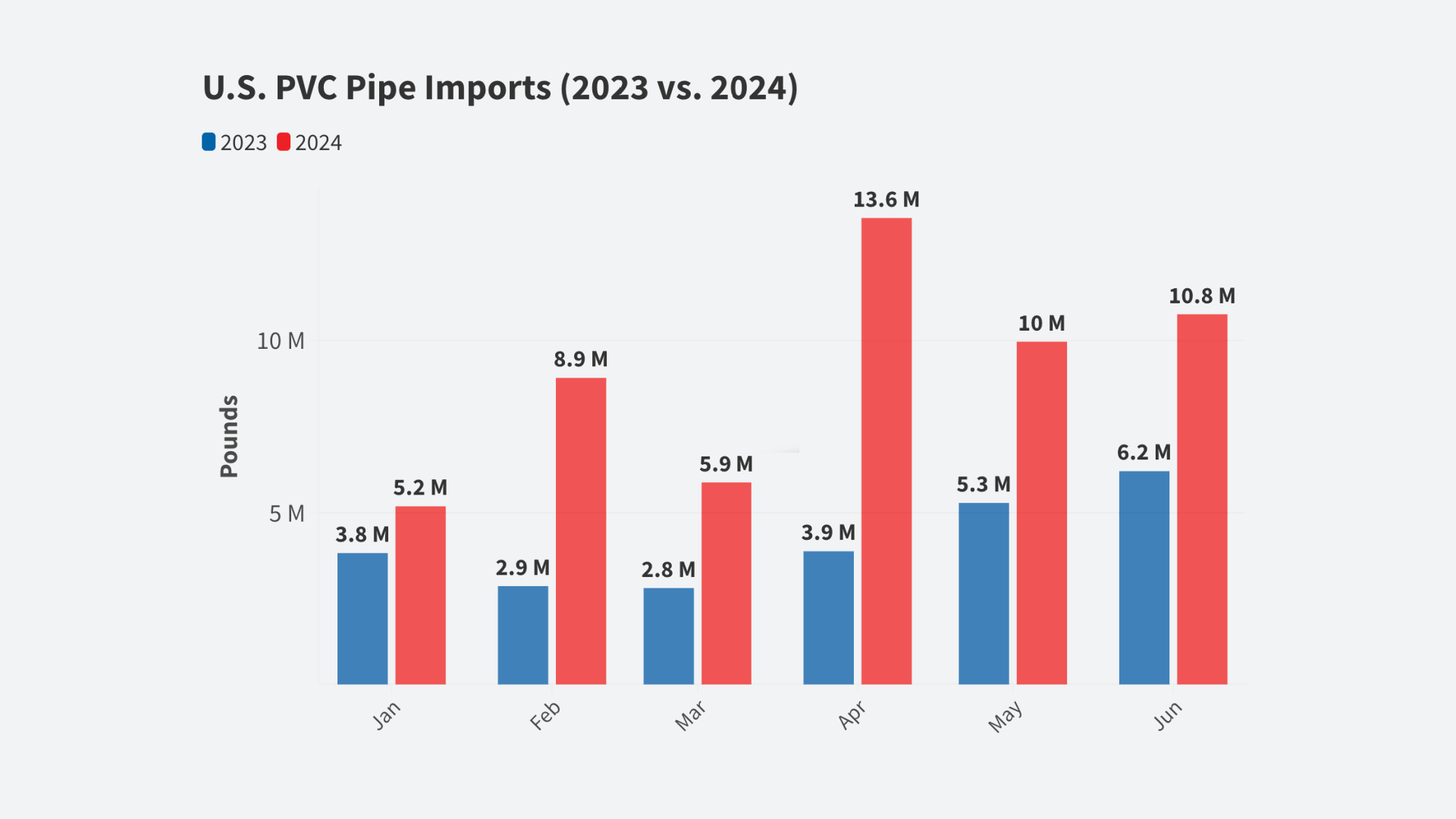By Michael Stumo, CEO of CPA, and Jason Cooper, CPA Research Assistant
While the trade deficit deniers continue issuing Fake Trade News, President Trump signed a recent executive order entitled “Omnibus Report on Significant Trade Deficits”. This is an important step towards action. The resulting document trade deficits and their causes in the context of harm to US workers as well as the productive capacity of the US. Trump’s executive order directs the Secretary of the Commerce, the United States Trade Representative (USTR) and other agencies to prepare the Omnibus Trade Deficit report in 90 days.
The biggest deficit countries are already known due by way of Census Bureau data. Most of the discriminatory foreign trade practices have also been documented through the USTRs annual National Trade Estimate.
What is new is the intent to correlate this information with impacts on US national security, our manufacturing and defense industrial bases, employment and wage growth. Past reports only called out unfair foreign trade practices as merely being an offense to “free trade”. Period.
Our global goods deficit is driven by ten countries with which we had a $835 billion last year*, equivalent to nearly 90% of our global goods deficit. The U.S. has bilateral or multilateral trade agreements with all ten countries. There is, thus, little correlation between free trade agreements and improved U.S. trade performance. Many of these countries have export-oriented growth strategies in which they rely upon the U.S. market to consume their exports rather than increasing their internal consumption.
Several of the countries have excessively high savings rates that help drive their surpluses. Some are or have been currency manipulators. Further, the US dollar is currently at least 17% overvalued, making imports cheaper and American exports more expensive than they would be if the dollar was priced at equilibrium levels.
China
By any measure China is responsible for America’s largest bilateral trade deficit, at $337 billion as of 2016. The country overproduces and underconsumes, relying upon the United States to soak up its excess production. The imbalance is driven predominantly not by high labor cost industries, but rather by machinery and electronics. Toys and furniture account for another $50+ billion. China’s does not allow its currency to trade freely in international markets which would, according to economic theory, move the country’s trade flows towards balance. China also continues to maintain high tariffs, including a 25% tariff on automobiles, as well as a sizable 17% VAT. Lastly, China’s savings rate is a whopping 46% which is an integral part of its strategy to grow on the back of the US consumer.
Mexico
The U.S. enjoyed a small surplus with Mexico in 1992. But following ratification of the North American Free Trade Agreement, our surplus with Mexico turned to deficit and then exploded. U.S. manufacturers moved to Mexico to produce goods and re-enter the U.S. market duty-free. Meanwhile American goods entering Mexico must pay a 16% VAT. The U.S. deficit with Mexico reached $115 billion in 2016, with the largest components being Vehicles (-$55B) as well as Electronics & Machinery (-$68B).
Japan
In the 1980’s, the large US trade deficit with Japan was effectively addressed by President Ronald Reagan who forced that country to revalue its currency by as much as 80%. In recent years, Japan has successfully re-implemented a strategy to produce more than it consumes, relying upon US consumers to soak up the excess production. The bilateral US-Japan trade deficit was 75 billion last year. Vehicles, machinery and equipment – industries that produce substantial jobs, innovation and wealth – are the chief drivers of the deficit. Reciprocal tariff reductions with Japan through the GATT (General Agreement on Tariffs and Trade) and WTO systems have not reversed this trend. Japan has an excessively high savings rate at 25.3% (2015) which is further evidence of its export-oriented growth strategy. Japan also has an 8% VAT.
Germany
Germany has the largest global trade surplus in the world in relation to its economic size at 8.5% of GDP. Germany is a passive currency manipulator due to its position among Euro countries. The USA’s 70 billion bilateral deficit with Germany accounts for much of its global surplus. It is driven predominantly by vehicles, electronics, and machinery, but also by a $17 billion surplus in medical products and chemicals. Germany also has a large 19% VAT applied to incoming products and rebated on exports. Germany’s savings rate is excessively high at 27.3% in 2015.
Canada
America’s deficit with its other NAFTA partner Canada was $58 billion last year. Unlike many others, it is driven almost mostly by fossil fuels. Before oil prices went down following the 2008 recession, America ran a whopping $117 billion deficit with Canada, our 2nd largest bilateral deficit at that time. The U.S. roughly breaks even with Canada on electronics and machinery, but runs a $39 billion deficit in fossil fuels and $13 billion deficit in vehicles.
Other Notable Bilateral Deficit Nations
Smaller nations have very high export to import ratios with the US and savings rates that show their strategy to overproduce, under consume and export their unemployment. The USA’s $36 billion deficit with Ireland is mostly due to pharmaceuticals, organic chemicals, and medical equipment. Ireland’s unique status as a tax haven means the deficit is influenced not only by manufactured goods, but also by financial transactions often involving intellectual property. They also have a whopping 23% VAT and an excessively high 27.5% savings rate.
Our $34 billion deficit with Vietnam is dominated by clothing and apparel. America imports approximately 68% more than it exports to Vietnam. The country has an excessive savings rate of 29%.
South Korea has the second highest global trade surplus in the world, in relation to its economic size, at about 8% of GDP. It is second only to Germany in that regard. Low labor rates are not a factor as other Asian countries with lower labor rates have smaller surpluses. Our $32 billion deficit with South Korea is dominated by vehicles, machinery and electronics. The south Korean savings rate was an extraordinary 35.6% in 2015. Our overall trade deficit with South Korea has more than doubled from the level prior to the adoption of the KORUS bilateral free trade agreement. South Korea’s VAT is 10% and the country has relatively high tariffs despite its developed status.
America’s $30 billion deficit with Italy is also dominated by vehicles, machinery, and electronics. Italy has a sizable 22% VAT.
India’s tariffs are even larger, helping to drive America’s deficit with them from $2 billion to $30 billion since 1992, thanks partly to medical and apparel imports. India produces more than it consumes as it seeks to grow a middle class on the backs of US consumers. There is little light at the end of the tunnel as there are 800 million Indians that are not yet contributing meaningfully to GDP. If the Indian economy continues to grow with an export-oriented growth strategy, it is likely to become an even more important deficit driver in the future.
|
Nation |
2016 Trade* |
2015 Savings Rate** |
VAT rate |
Est Jobs Lost*** |
Deficit Drivers by Sector |
|
China |
-$355B |
46.0% |
17% |
1.6 million |
Electronics & Machinery (-$209B), Furniture (-$29B), Toys (-$24B) |
|
Mexico |
-$115B |
19.9% |
16% |
517,500 |
Vehicles (-$55B), Electronics & Machinery (-$68B), Fossil Fuels (-$11B) |
|
Japan |
-$75B |
25.3% |
8% |
337,500 |
Vehicles (-$50B), Electronics & Machinery (-$35B) |
|
Germany |
-$70B |
27.3% |
19% |
315,000 |
Vehicles (-$22B), Electronics & Machinery (-$20B), Medical Products & Chemicals (-$17B) |
|
Canada |
-$58B |
20.5% |
5%+ |
261,000 |
Fossil Fuels (-$39B), Vehicles (-$13B) |
|
Ireland |
-$36B |
27.7% |
23% |
162,000 |
Medical Products and Chemicals (-$31B) |
|
Vietnam |
-$34B |
29.0% |
10% |
153,000 |
Apparel (-$15B), Electronics & Machinery (-$11B), Furniture (-$4B) |
|
South Korea |
-$32B |
35.6% |
10% |
144,000 |
Vehicles (-$21B), Electronics & Machinery (-$16B) |
|
Italy |
-$30B |
18.9% |
22% |
135,000 |
Electronics & Machinery (-$8B), Vehicles (-$4B) |
|
India |
-$30B |
32.0% |
5.5% |
126,000 |
Medical Products and Chemicals (-$9B), Precious Metals & Stones (-$9B) |
* These figures are based on U.S. Commerce Department data subtracting “Imports for Consumption” from “Domestic Exports”, a measure intended to strip out goods that enter and leave the U.S. simply for re-export, without having any significant value added to them inside the U.S. The US International Trade Commission has used this narrower measure in reports to congress including the 2007 report on the Korea-US trade agreement. The broader measures, Total Exports and General Imports, result in a lower goods deficit. Both measures have accuracy issues. For purposes of this article, the choice of method does not impact the analysis.
** Countries with savings rates that exceed 125% of the US savings rate are in red.
*** Estimate jobs lost is based upon CPA research showing that every $1 billion in net imports causes at least 4,500 lost jobs.













